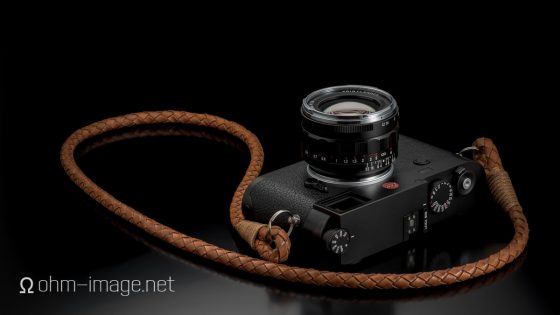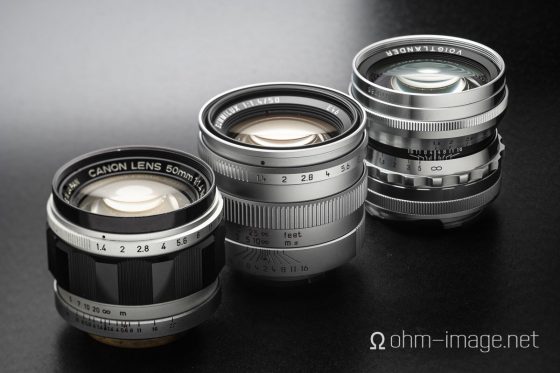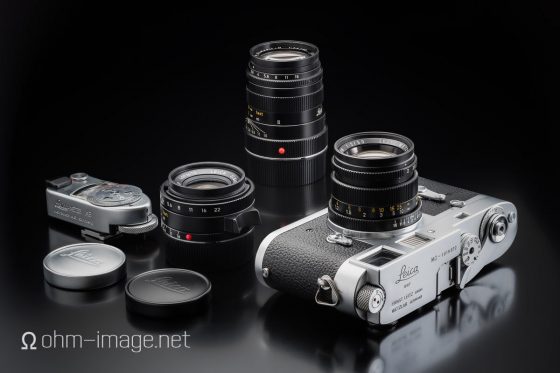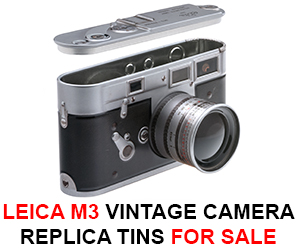
The following text is from this blog post: Leica’s digital M could be the perfect event camera – here’s what needs to change:
Since 2015 I have used Leica M cameras for event work. ‘Event work’, as in a professional fashion. ‘In a professional fashion’ as in paid Embassy powwows, corporate conferences, family photography, proms, dances, university reunions, and so on, in and around Tokyo. Prior to that, I used a pair of Nikon dSLRs.
Somewhere along the way, I borrowed a mate’s M9. Its simplicity blew me away. So did the sharpness of its tiny lenses. The next thing I knew, I was bidding on a used M240 and offloading the Fujifilm cameras I hobbied around with. I am neither a doctor nor a lawyer. I am a still life and event photographer on a normal budget. Leica users like me exist.
While I don’t think that Leica cameras are necessarily better than Nikon cameras, the things that initially drew me to the M have kept me there. Among them are the following:
- Bright OVF
- Ease of focus
- Natural eye contact through the non-TTL viewfinder
- Solid, compact bodies
- Uniformity of controls between bodies
- High reliability/simplicity of software and hardware
- Native DNG files
- Amazing branding
- And more
As with every photographic – and for that matter, every audiophile – product I use, output quality is assumed. The M provides clean high-ISO files, sharp images, and great colour. But if it supplied all of that in a hard to use body, I’d pass. For me, the M’s viewfinder is the simplest, most direct way to frame. Its fully integrated shutter speed dial – with detents for the full and half stops – is the easiest to suss on the market.
And thanks to the M’s bright non-TTL optical viewfinder, it is a breeze to frame subjects and focus the camera in most light. Unlike a dSLR’s viewfinder, an M’s never darkens based on the speed of the attached lens. For their part, dSLR viewfinders never display the spatial/temporal delays, jello effects, image tears, colour shifts, banding belts, muddy colours, and more that plague EVFs to some degree or another. Neither do they phase in and out of parallax like a rangefinder does. Mirrorless fans never tire of reminding dSLR and rangefinder users that an OVF can’t do the magnify and pan thing like an EVF can. Neither can they show highlight peaks, zebras, or clipping warnings. But the real EVF coup is WYSIWYG viewing. Suffice it to say that each viewing method has its ups and its downs.

For me, no EVF advantage, be it WYSIWYG viewing, magnify and pan, or other, applies to event photography. I need operational speed and simplicity, viewing and framing transparency, and natural controls. If that can be done with a camera that doesn’t strain my eyes, awesome.
The M, for all its triumphs in framing, focusing, and haptic simplicity, has a few shortcomings that keep it being a perfect event camera. Largely, these hangups could be eliminated with minor adjustments to the body.
1. Lockable shutter speed dial (X-Pro 3)
In five years of shooting M cameras at events I have lost only one frame due to mismatched flash sync speeds. One time is too many. Whilst running here, snapping there, and running another place, and snapping again, I accidentally nudged the shutter speed dial to a setting higher than the M10’s maxim flash sync speed. This created a dark line where two heads should have been.
The fix: Either put a lockable depress nub on the top of the dial (as seen in the X-Pro 3); or, like the M10’s ISO dial, mount it on a rising, lockable strut.
2. Hard detent on ISO dial at A setting (M10/M240/M9’s shutter speed dial)
In the field I rarely change ISO, but sometimes, I must switch from one flash to another, or suddenly go from flash to non-flash. If the venue is sufficiently dark, changing ISO values is a bugger. Simply put, I can’t see the dial value at which it is set. Unlike the shutter speed dial, there is no hard detent at the A setting. This makes it impossible to count backwards or forwards by feel.
The fix: put a hard detent at the A setting so that users can count backwards or forwards to the ISO speed they want. For reference, check out the shutter speed dial from the same camera.
3. Quieter shutter (See M10, X-H1, even the M240)
In switching to the M10 from the M240, I was happy about everything but the shutter. The M10’s shutter may not be louder than the M240’s, but its snick is higher pitched. It echoes more in quiet venues, and, in contrast to a few well-damped mechanical shutters out there, it is positively loud.
The fix: migrate the M10P’s shutter into the next M. Or take a look at what Fujifilm did in silencing the shutter in the X-H1. Either one would be a big improvement.
4. Add a programmable button (M240)
The M should be simple. The M should be precise. The M should be operable easily with or without gloves. But for events, it would be great to have another programmable button. I would assign it to flash exposure compensation, or, for when the lights go down, ISO. A single button wouldn’t break the M’s ethos.
The fix: bring back the M240’s movie button but make it fully programmable.
5. Internal storage (Zeiss ZX1)
I’ve never lost files at a paid event, but I have had SD cards get all political on me and sunset themselves. I know, no one needs two cards and those that say they do are deluded. But that simply isn’t fair – especially for the professional. And SD cards are notoriously breakable (link to Sony Tough). Three of mine have disintegrated in the last year, and one, which has kept the same form, took the political route. I think there is enough space in the M to instal another another SD card. But even if there isn’t.
The fix: certainly there is space enough to cram in 32 or 64 gigabytes of flash storage configurable for backup or overflow.
6. Larger battery (see Leica M240, Canon EOS R)
The M10 is the slimmest digital M. In fact, it is as slim as an M6. Inside it houses a partially starved M240 battery. As a consequence, the slimmer battery returns commensurately slimmer battery life. I could shoot an entire event with the M240, chock full of chimping, culling, re-takes, etcetera, and still have 10-20% battery left at the end of an evening. With the M10, I have to carry an extra battery. Ideally, one should be able to NATCH 800-1000 images per charge. However, when NATCHing like a pro, the M10 returns no more than 600 images, per battery.
The fix: simply move the SD card to the other side. This would allow more room for a larger battery.
End words
Event photographers that use Ms of any stripe are vanishingly few. We are also vanishingly discriminate. We carefully choose the cameras we use. And no camera is simpler to use than the M. Every iteration of digital M has improved, sometimes drastically. Things like internal storage, larger battery, and programmable buttons are minor things to improve. Things like lockable shutter speeds, and ISO dial detents would drastically improve the camera’s reliability for event photography. I can’t imagine Leica will see this video. If they did I can’t imagine that they would implement the improvements suggested in this video. But if they did, they would transform the M from a good event camera into the best event camera.
Many thanks.
NATCH (NAthan’s Take & CHimp) – explained here: 10 things Fujifilm should change for the Fujifilm X-H2.
If you have an interesting idea for a guest post, you can contact me here.
Update – see also this related post:
Thoughts on what Leica needs to do to improve the M rangefinder camera
















